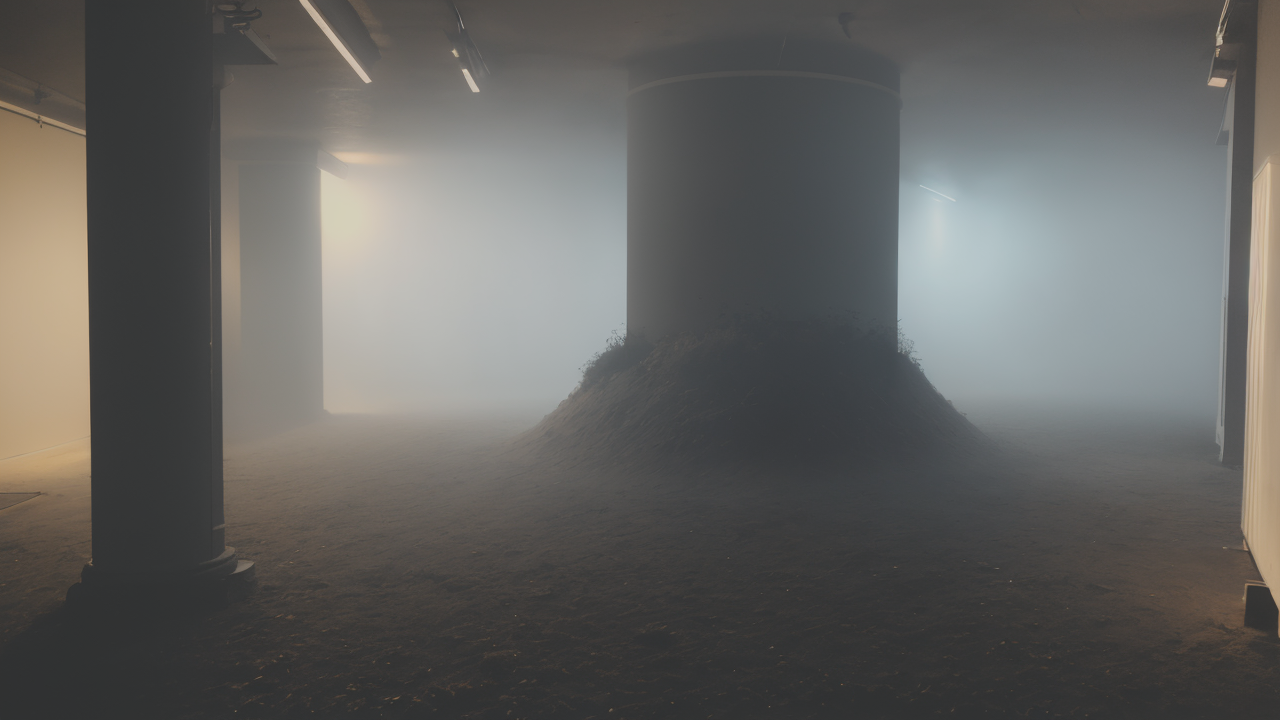
Wabi-Sabi and Nawabi: Crafting Unique Wall Art Experiences in America
The Philosophy of Wabi-Sabi in Modern Wall Art
Understanding the Origins of Wabi-Sabi
Wabi-sabi is a Japanese concept that finds beauty in imperfection. It has roots in Zen Buddhism. The term combines two ideas: 'wabi' means simplicity, and 'sabi' refers to the beauty of age and wear.

In art, wabi-sabi embraces natural processes and materials. It values:
- Asymmetry
- Roughness
- Simplicity
- Economy
- Austerity
- Modesty
- Intimacy
- Appreciation of natural objects and processes
This philosophy has deeply influenced Japanese aesthetics for centuries. It's now gaining popularity in Western art, especially in wall decor.
How Wabi-Sabi Influences Contemporary Artists
Modern artists are drawn to wabi-sabi for its unique approach to beauty. They incorporate its principles in various ways:
- Using natural materials like wood, stone, and clay
- Embracing imperfections and irregularities
- Creating minimalist designs with a focus on simplicity
- Highlighting the effects of time and weathering
Artists often leave their works unfinished or deliberately damaged. This reflects the wabi-sabi idea that nothing is permanent or perfect.
Wall art inspired by wabi-sabi might feature:
- Cracked ceramics
- Weathered wood
- Rusted metal
- Faded fabrics
These elements create a sense of history and connection to nature. They invite viewers to find beauty in the ordinary and imperfect.
Integrating Nawabi Elements into Wall Art
The Fusion of Indian and Japanese Aesthetics
Nawabi, an Indian aesthetic, blends beautifully with wabi-sabi. Nawabi art is known for its:

- Intricate patterns
- Rich colors
- Luxurious materials
- Attention to detail
When combined with wabi-sabi, nawabi creates a unique fusion. This blend offers:
- Contrast between simplicity and complexity
- Balance of minimalism and ornamentation
- Juxtaposition of rough and refined textures
- Harmony of muted and vibrant colors
Artists exploring this fusion might use traditional Indian motifs on weathered surfaces. Or they might apply wabi-sabi principles to nawabi-style ornate frames.
This combination appeals to those who appreciate both cultural depth and modern aesthetics. It offers a fresh perspective on wall art that's both timeless and contemporary.
Case Studies: Successful Nawabi-Wabi-Sabi Installations
Several artists have successfully merged nawabi and wabi-sabi in wall art installations:
- Sarah Chen's "Echoes of Time"
- Location: San Francisco Museum of Modern Art
- Features: Antique Indian textiles on distressed wooden panels
- Impact: Praised for blending cultural elements with a sense of history
- Raj Patel's "Imperfect Symmetry"
- Venue: Chicago Art Institute
- Elements: Nawabi-inspired metal work with intentional rust and patina
- Reception: Noted for its innovative approach to traditional crafts
- Lisa Wong's "Weathered Opulence"
- Exhibited at: New York Gallery of Modern Art
- Composition: Faded nawabi patterns on cracked ceramic tiles
- Critique: Celebrated for capturing the essence of both aesthetics
These examples show how artists can create compelling pieces that resonate with diverse audiences. They demonstrate the potential of this unique artistic fusion.
The Business of Wabi-Sabi: Trends and Opportunities
Market Analysis for Wabi-Sabi Wall Art in the United States
The U.S. market for wabi-sabi wall art is growing. Key trends include:

- Increased interest in minimalist and natural decor
- Rising appreciation for handcrafted and unique pieces
- Growing awareness of Japanese aesthetics
- Demand for sustainable and eco-friendly art
Market segments showing particular interest:
- Millennials and Gen Z consumers
- Luxury home owners
- Boutique hotels and restaurants
- Corporate offices seeking calming environments
Challenges in the market:
- Educating consumers about wabi-sabi philosophy
- Balancing authenticity with mass appeal
- Competing with mass-produced "faux" wabi-sabi products
Opportunities:
- Collaborations with interior designers
- Custom installations for commercial spaces
- Online platforms for artist-consumer direct sales
- Workshops and classes on wabi-sabi art techniques
Strategies for Marketing Wabi-Sabi Products
Effective marketing of wabi-sabi wall art requires a nuanced approach:
- Education-focused content marketing
- Blog posts explaining wabi-sabi philosophy
- Video tutorials on appreciating imperfections
- Social media showcasing the creation process
- Experiential marketing
- Pop-up galleries in urban centers
- Interactive installations at art fairs
- Virtual reality tours of wabi-sabi inspired spaces
- Influencer partnerships
- Collaborations with minimalist lifestyle bloggers
- Features in high-end design magazines
- Endorsements from respected art critics
- Storytelling
- Highlighting the journey of each piece
- Sharing artist biographies and inspirations
- Emphasizing the cultural significance of wabi-sabi
- Sustainable packaging and presentation
- Using eco-friendly materials aligning with wabi-sabi values
- Creating packaging that's an extension of the art itself
Future Outlook: Sustaining Growth in the Wabi-Sabi Art Sphere
The future of wabi-sabi wall art in America looks promising. Key factors include:
- Growing interest in mindfulness and slow living
- Increased value placed on authenticity and craftsmanship
- Rising popularity of fusion art styles
- Expansion of the luxury market for unique home decor
Potential growth areas:
- Digital wabi-sabi art for virtual spaces
- Wabi-sabi inspired public art installations
- Integration with smart home technology
- Wabi-sabi principles in sustainable architecture
Challenges to address:
- Maintaining authenticity as popularity grows
- Adapting to changing consumer preferences
- Balancing traditional techniques with modern innovation
To sustain growth, the industry should focus on:
- Nurturing new talent through mentorship programs
- Investing in research on sustainable materials
- Developing partnerships with global art institutions
- Creating platforms for dialogue between artists and consumers
By embracing innovation while honoring tradition, the wabi-sabi wall art market can continue to thrive and evolve in the American art scene.


